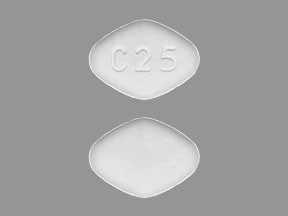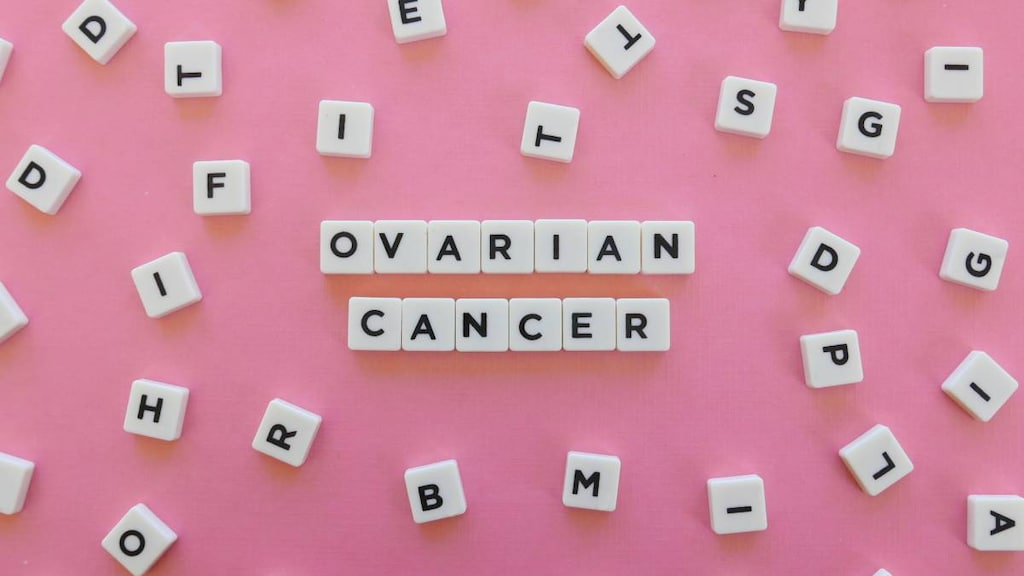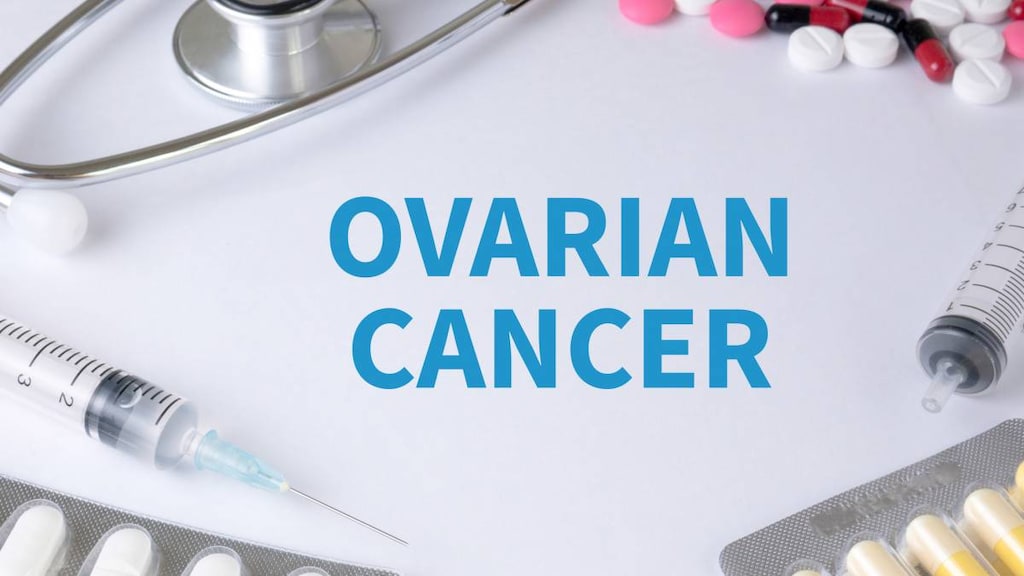What is Rubraca?
Rubraca is a prescription medicine used in adults for:
- the maintenance treatment of ovarian cancer, fallopian tube cancer, or primary peritoneal cancer when your cancer has come back and you are in response (complete or partial response) to a platinum-based chemotherapy.
- the treatment of castration-resistant prostate cancer (prostate cancer that no longer responds to medical or surgical treatment that lowers testosterone):
- that has spread to other parts of the body, and
- has a certain type of inherited (germline) or acquired (somatic) abnormal BRCA gene, and you have been treated with certain medicines for your cancer. Your healthcare provider will perform a test to make sure Rubraca is right for you.
It is not known if Rubraca is safe and effective in children.
What is the most important information I should know about Rubraca?
Rubraca may cause serious side effects including:
- Bone marrow problems called Myelodysplastic Syndrome (MDS) or a type of cancer of the blood called Acute Myeloid Leukemia (AML). Some people who have cancer and who have received previous treatment with chemotherapy or certain other medicines for their cancer have developed MDS or AML during or after treatment with Rubraca. MDS or AML may lead to death. If you develop MDS or AML, your healthcare provider will stop treatment with Rubraca.
Symptoms of low blood cell counts are common during treatment with Rubraca, but can be a sign of serious problems, including MDS or AML. Tell your healthcare provider if you have any of the following symptoms during treatment with Rubraca:
- weakness
- weight loss
- fever
- frequent infections
- blood in urine or stool
- shortness of breath
- feeling very tired
- bruising or bleeding more easily
Your healthcare provider will do blood tests to check your blood cell counts:
- before treatment with Rubraca.
- every month during treatment with Rubraca.
- weekly if you have low blood cell counts for a long time. Your healthcare provider may stop treatment with Rubraca until your blood cell counts improve.
See "What are possible side effects of Rubraca?" for more information about side effects.
What should I tell my healthcare provider before taking Rubraca?
Before you take Rubraca, tell your healthcare provider about all of your medical conditions, including if you:
- are pregnant or plan to become pregnant. Rubraca can harm your unborn baby and may cause loss of pregnancy (miscarriage). You should not become pregnant during treatment with Rubraca.
- If you are able to become pregnant, your healthcare provider may do a pregnancy test before you start treatment with Rubraca.
- Females who are able to become pregnant should use effective birth control during treatment and for 6 months after the last dose of Rubraca. Talk to your healthcare provider about birth control methods that may be right for you. Tell your healthcare provider right away if you become pregnant.
- Males with female partners who are pregnant or able to become pregnant should use effective birth control during treatment and for 3 months after the last dose of Rubraca.
- Males should not donate sperm during treatment and for 3 months after the last dose of Rubraca.
- are breastfeeding or plan to breastfeed. It is not known if Rubraca passes into breast milk. Do not breastfeed during treatment and for 2 weeks after the last dose of Rubraca. Talk to your healthcare provider about the best way to feed your baby during this time.
Tell your healthcare provider about all the medicines you take, including prescription and over-the-counter medicines, vitamins, and herbal supplements.
How should I take Rubraca?
- Take Rubraca exactly as your healthcare provider tells you.
- Your healthcare provider may temporarily stop treatment with Rubraca or change your dose of Rubraca if you have side effects. Do not change your dose or stop taking Rubraca unless your healthcare provider tells you to.
- Take Rubraca 2 times a day. Each dose should be taken about 12 hours apart.
- Take Rubraca with or without food.
- If you are taking Rubraca for prostate cancer and you are receiving gonadotropin-releasing hormone (GnRH) analog therapy, you should continue with this treatment during your treatment with Rubraca unless you have had a surgery to lower the amount of testosterone in your body (surgical castration).
- If you miss a dose of Rubraca, take your next dose at your usual scheduled time. Do not take an extra dose to make up for a missed dose.
- If you vomit after taking a dose of Rubraca, do not take an extra dose. Take your next dose at your usual time.
- If you take too much Rubraca, call your healthcare provider or go to the nearest emergency room right away.
What should I avoid while taking Rubraca?
Avoid spending time in sunlight. Rubraca can make your skin sensitive to the sun (photosensitivity). You may sunburn more easily during treatment with Rubraca. You should wear a hat and clothes that cover your skin and use sunscreen to help protect against sunburn if you have to be in the sunlight.
What are the possible side effects of Rubraca?
Rubraca may cause serious side effects.
The most common side effects of Rubraca in people with ovarian cancer include:
- nausea
- tiredness or weakness
- vomiting
- decrease in hemoglobin (anemia)
- changes in how food tastes
- changes in liver function tests
- constipation
- decreased appetite
- diarrhea
- low blood cell counts
- mouth sores
- upper respiratory tract infection
- shortness of breath
- rash
- stomach (abdomen) pain or swelling
The most common side effects of Rubraca in people with prostate cancer include:
- tiredness or weakness
- nausea
- decrease in hemoglobin (anemia)
- changes in liver function tests
- decreased appetite
- rash
- constipation
- low blood cell counts
- vomiting
- diarrhea
These are not all of the possible side effects of Rubraca. For more information, ask your healthcare provider or pharmacist.
Call your healthcare provider for medical advice about side effects. You may report side effects to FDA at 1-800-FDA-1088.
Rubraca Images
General information about the safe and effective use of Rubraca
Medicines are sometimes prescribed for purposes other than those listed in a Patient Information leaflet. Do not use Rubraca for a condition for which it was not prescribed. Do not give it to other people, even if they have the same symptoms you have. It may harm them. You can ask your healthcare provider or pharmacist for more information about Rubraca.
How should I store Rubraca?
- Store Rubraca at room temperature between 68°F to 77°F (20°C to 25°C).
Keep Rubraca and all medicines out of the reach of children.
What are the ingredients in Rubraca?
Active ingredient: rucaparib
Inactive ingredients: microcrystalline cellulose, sodium starch glycolate, colloidal silicon dioxide, and magnesium stearate. The film coating contains polyvinyl alcohol, titanium dioxide, polyethylene glycol/macrogol, and talc. The blue film coating contains brilliant blue aluminum lake and indigo carmine aluminum lake. The yellow film coating contains yellow iron oxide.
For more information, go to www.Rubraca.com or call 1-844-258-7662.







